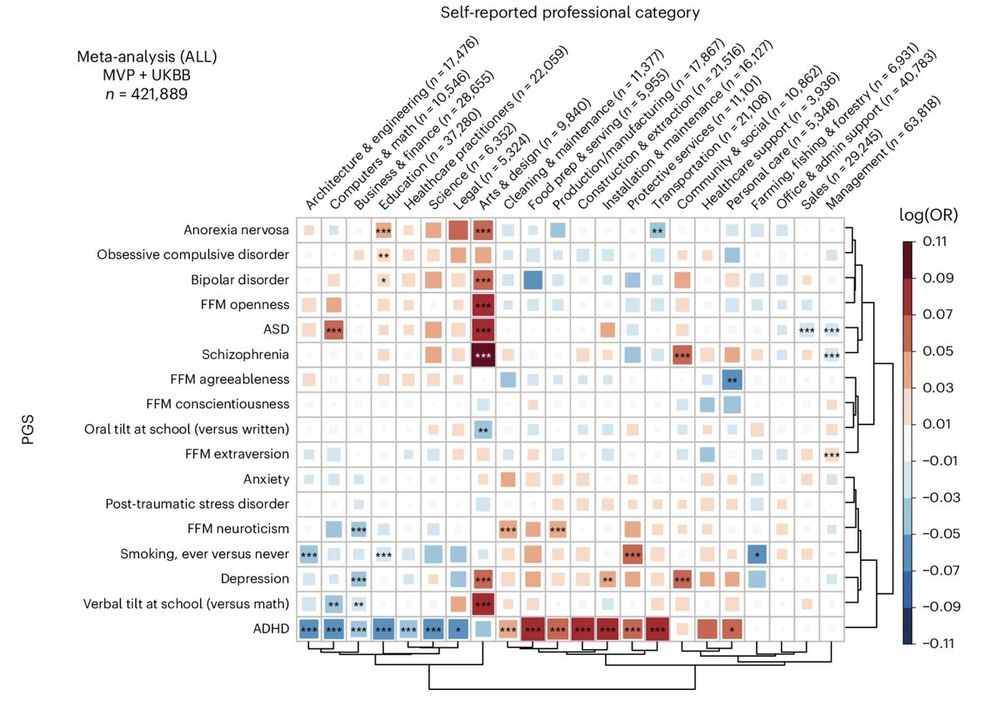
abeljansma.nl
When many things influence an outcome, how to distinguish individual vs collective #causality?
A framework to disentangle these complex relationships into synergistic, redundant, and unique components: arxiv.org/abs/2501.11447 🧵
This led to a really fun collaboration, and a new approach to “engineer emergence”.
Erik just published an overview of the ideas, goals, and dreams:

This led to a really fun collaboration, and a new approach to “engineer emergence”.
Erik just published an overview of the ideas, goals, and dreams:
🎥@the_story_of_a_biologist (on Insta)
🎥@the_story_of_a_biologist (on Insta)
*Shapley values beyond game theory*
We show that Shapley values aren’t just about dividing payoffs--they are the right way to project down any higher-order structure.
We generalise them, and Möbius inversions, in important ways: 🧵

*Shapley values beyond game theory*
We show that Shapley values aren’t just about dividing payoffs--they are the right way to project down any higher-order structure.
We generalise them, and Möbius inversions, in important ways: 🧵

It includes a new analysis to show that LLM semantics can be decomposed: the negativity of "horribly bad" is redundantly encoded in the two words, whereas "not bad" has synergistic semantics (i.e. negation):
It includes a new analysis to show that LLM semantics can be decomposed: the negativity of "horribly bad" is redundantly encoded in the two words, whereas "not bad" has synergistic semantics (i.e. negation):

It includes a new analysis to show that LLM semantics can be decomposed: the negativity of "horribly bad" is redundantly encoded in the two words, whereas "not bad" has synergistic semantics (i.e. negation):
The final version includes a decomposition of LLM semantics---the Arxiv version should be updated soon. Stay tuned!
When many things influence an outcome, how to distinguish individual vs collective #causality?
A framework to disentangle these complex relationships into synergistic, redundant, and unique components: arxiv.org/abs/2501.11447 🧵
The final version includes a decomposition of LLM semantics---the Arxiv version should be updated soon. Stay tuned!

Melanie Mitchell (@melaniemitchell.bsky.social), Martha Lewis, Jules Hedges (@julesh.mathstodon.xyz.ap.brid.gy), and Han van der Maas.
Register here: www.d-iep.org/workshopanal...
Melanie Mitchell (@melaniemitchell.bsky.social), Martha Lewis, Jules Hedges (@julesh.mathstodon.xyz.ap.brid.gy), and Han van der Maas.
Register here: www.d-iep.org/workshopanal...
A gentle introduction is available at abeljansma.nl/2025/01/28/m...
A gentle introduction is available at abeljansma.nl/2025/01/28/m...
journals.aps.org/prresearch/a...
journals.aps.org/prresearch/a...

A gentle dive into the mereology of complex systems, Möbius inversion, and a new way to think about higher-order interactions—no prior knowledge needed!
abeljansma.nl/2025/01/28/m...
A gentle dive into the mereology of complex systems, Möbius inversion, and a new way to think about higher-order interactions—no prior knowledge needed!
abeljansma.nl/2025/01/28/m...
This new paper is an example of my more general proposal that you should study complex systems with 'quantitative mereology' by applying the Möbius inversion theorem: arxiv.org/abs/2404.14423
This new paper is an example of my more general proposal that you should study complex systems with 'quantitative mereology' by applying the Möbius inversion theorem: arxiv.org/abs/2404.14423
When many things influence an outcome, how to distinguish individual vs collective #causality?
A framework to disentangle these complex relationships into synergistic, redundant, and unique components: arxiv.org/abs/2501.11447 🧵
When many things influence an outcome, how to distinguish individual vs collective #causality?
A framework to disentangle these complex relationships into synergistic, redundant, and unique components: arxiv.org/abs/2501.11447 🧵
Stator is a new method to infer higher-order interactions in gene expression data, which reveals cell states and types without clustering!
It's an "intersectional" approach to cellular identity: cells can have multiple identities--states are not disjoint!
Know that clustering cells in reduced dimensions is problematic?
Want to identify cell subtypes or states *without* clustering?
Then check out Stator which finely resolves states & subtypes even among apparently homogeneous cells Thread
www.embopress.org/doi/full/10....

Stator is a new method to infer higher-order interactions in gene expression data, which reveals cell states and types without clustering!
It's an "intersectional" approach to cellular identity: cells can have multiple identities--states are not disjoint!
math.stackexchange.com/questions/26...

math.stackexchange.com/questions/26...

On to “the world beyond the world” by @erikhoel.blogsky.venki.dev.
On to “the world beyond the world” by @erikhoel.blogsky.venki.dev.

Or is this circular reasoning because their polygenic scores are derived from the UKBB in the first place?

Or is this circular reasoning because their polygenic scores are derived from the UKBB in the first place?
Is this a self-defeating promise? By promising to exceed expectations, does this detergent raise those expectations to a level it cannot beat due to its very promise of beating them? 🤔
#PhilSky

www.biorxiv.org/content/10.1...
www.biorxiv.org/content/10.1...
tfw no gf😔
tfw no gf😔

